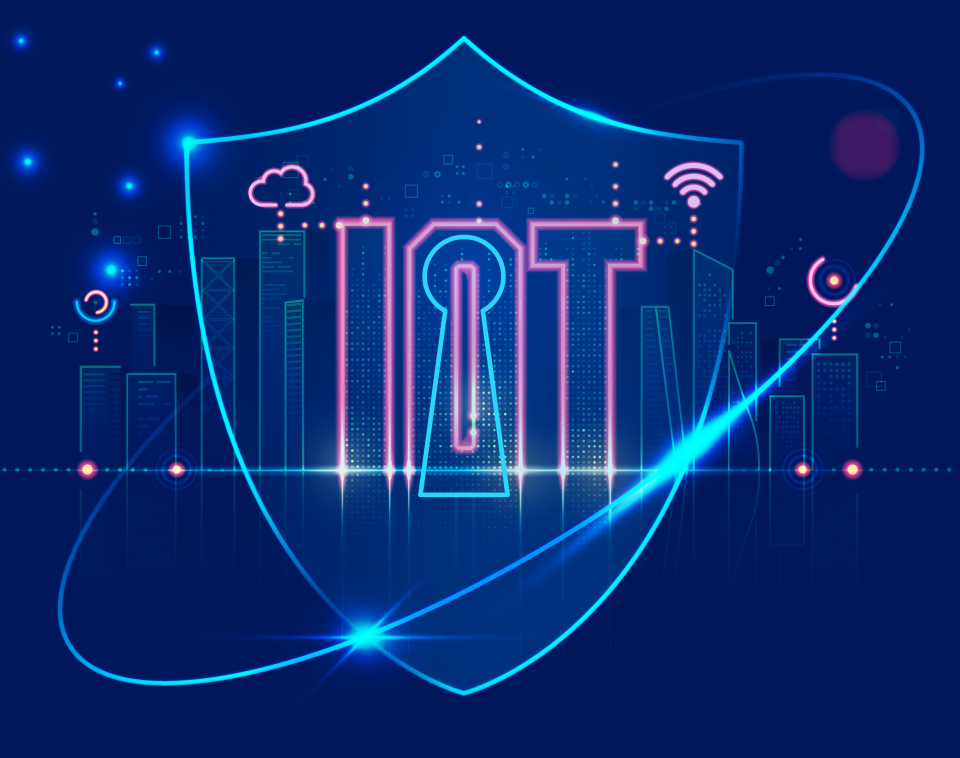CXO’s Handbook: Securing Connected Products and Applications Against Cyber Risk
Executive Summary
Straits Research predicts that the global IoT cybersecurity market size will grow from USD 16.07 billion in 2025 to USD 39.6 billion by 2033. The predominant driver of this growth is the rising number of IoT endpoints across segments in recent years. This growth is manifesting in both the enterprise as well as consumer IoT segments. There is a rapid explosion in real-time streaming data volume from all these connected devices, leading to a direct increase in the attack surface and potential vulnerabilities in the value chain – device connectivity to the Cloud application layers.
The scale and complexities of cyber threats are directly proportional to the acceleration of digital transformation across sectors. What were once isolated attacks are now sophisticated, coordinated exploits capable of crippling entire ecosystems. As per a report published by IBM, around 80% of the reported data breaches resulted in the exposure of Personally Identifiable Information (PII) of customers to cyber actors. The rising cost of these threats is staggering, not only in financial terms but also in operational downtime, reputational damage, and regulatory penalties.
The overarching goal of cybersecurity regulations and standards is to ensure increasingly secure hardware and software products in the market. Assessing risks and implementing security measures from the very start helps enterprises safeguard themselves from reputational risk, business risk, and financial risk.
Download this resource by filling the details below
This eBook explores how cybersecurity has evolved from a reactive IT concern into a boardroom priority. It maps the growing threat landscape and explains how invisible vulnerabilities, especially in connected devices, demand hyper-vigilance. Through sector-specific chapters, readers gain insights into industry-specific cybersecurity regulations, risk management strategies, and design decisions. The concluding section explores best practices such as secure firmware updates, cryptography, and ML-based threat detection, strengthening the cybersecurity posture of enterprises.
Security Threats in IoT
Perception Layer
- Spoofing
- Signal Jamming/Radio Jamming
- Node Capturing/Node Outage
Application Layer
- Malicious Code Injection
- Integrity
- Multi-user Access
- Session Hijacking
Support Layer
- Data Tampering
- Unauthorized Access
Network Layer
- Threat to NDP Protocol
- Data Transit Attacks
- Routing and DOS Attacks


Read this eBook to gain deeper insights into:
- Cybersecurity in a Hyperconnected World
- Tailored Cybersecurity Strategies for Different Sectors
- Best Practices to Stay Ahead of Evolving Threats




